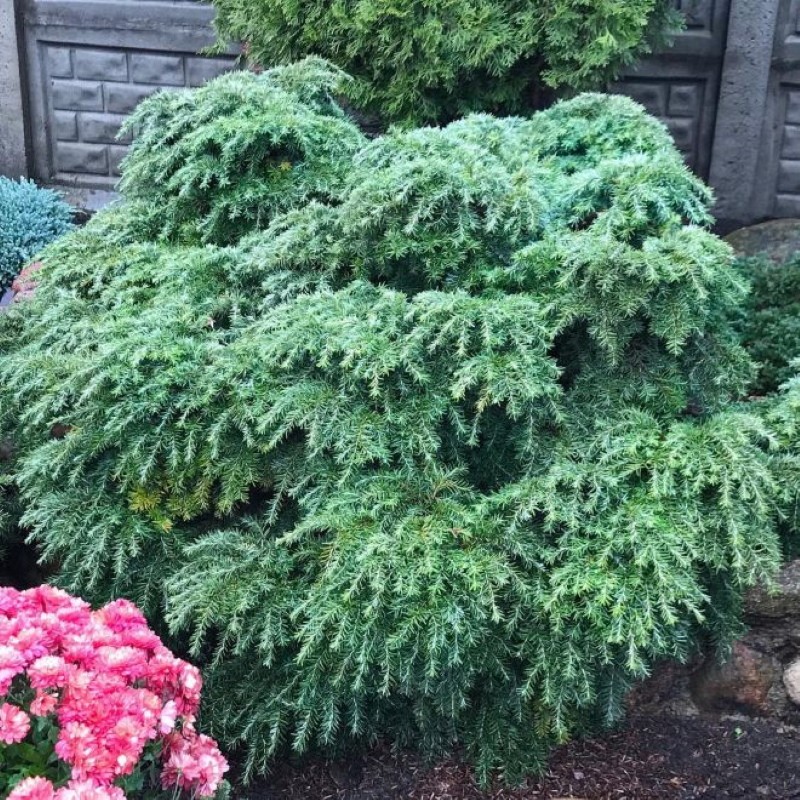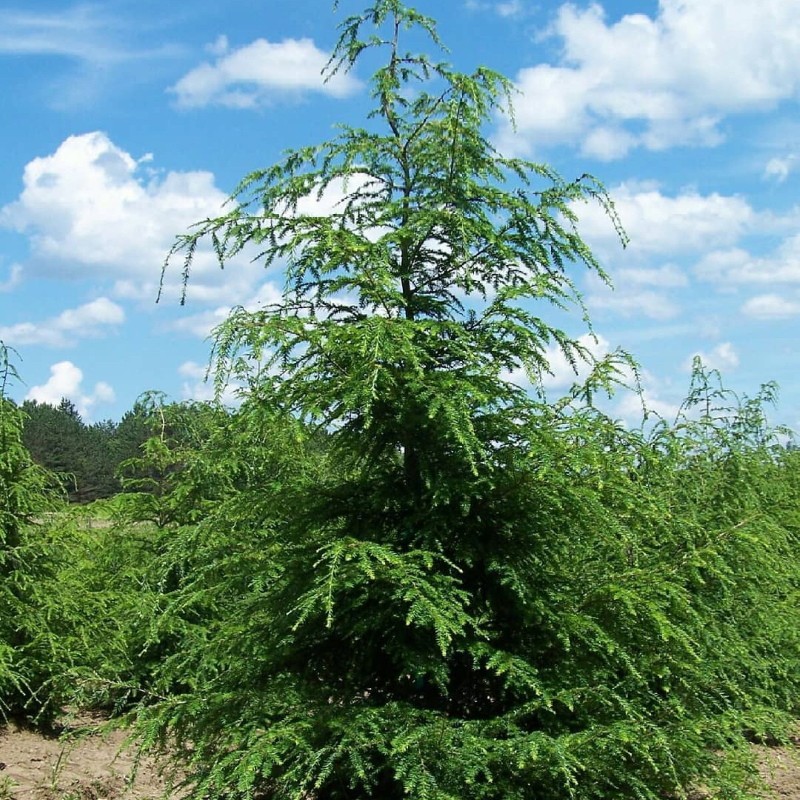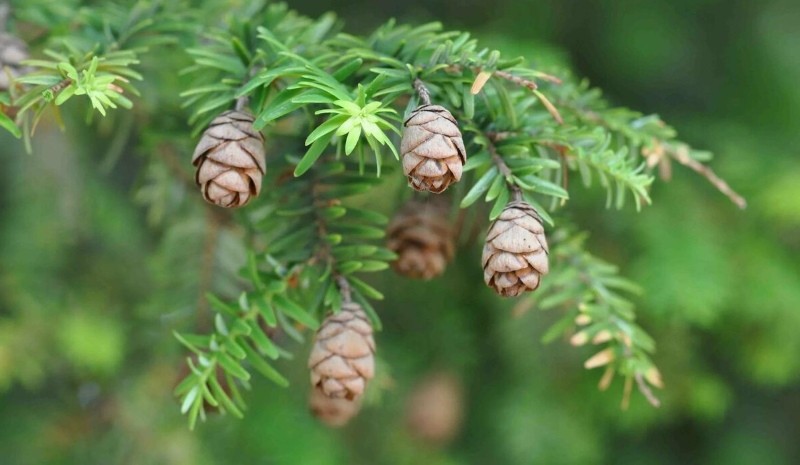Unpretentious and varied Canadian hemlock - description and care of a chic ephedra
 This variety of conifers is not often found in private farmsteads and is completely in vain. The Canadian hemlock is distinguished by an extremely unpretentious character and high decorativeness, the description and care of it as a whole is in many ways similar to the cultivation of pine or spruce. A unique coniferous aroma and evergreen needles of a rich color unite these conifers. But at the same time, the hemlock's needles are special, delicate, and besides, it can have completely different shapes. Tall, proud hemlock look gorgeous, but dwarf varieties are no less beautiful.
This variety of conifers is not often found in private farmsteads and is completely in vain. The Canadian hemlock is distinguished by an extremely unpretentious character and high decorativeness, the description and care of it as a whole is in many ways similar to the cultivation of pine or spruce. A unique coniferous aroma and evergreen needles of a rich color unite these conifers. But at the same time, the hemlock's needles are special, delicate, and besides, it can have completely different shapes. Tall, proud hemlock look gorgeous, but dwarf varieties are no less beautiful.
Canadian hemlock - description and care

A characteristic feature of the Canadian hemlock, no matter what "growth" it is, is the original shape of the needles. It is flat and rather shallow, no more than 1.5 cm long, with an almost blunt tip. It grows on twigs in two rows and is attached with a petiole to protruding pads. The color of the needles is mostly green, but there is one more nuance. On the reverse side, on each needle, two light stripes are drawn.
The tree itself is most often tall, 20-30 m, with a trunk diameter of up to 1 m and a loose spreading crown. The branches are covered with red-brown bark, which only adds decorative effect to the hem. Cones ripen for two years and are spindle-shaped. They are small, up to 2.5 cm, grow on the tops of the shoots, as they mature, they turn grayish.
Where is it better to plant a hemlock
 This type of conifers should not be planted in the sun - the delicate needles can burn out and lose their deep color. Hemders grow best in partial shade, and even in a shaded place they can take root and slowly develop. The plant prefers nutritious and acidified soil, but absolutely does not tolerate waterlogged soils and transplantation. Choose a permanent place for a green beauty.
This type of conifers should not be planted in the sun - the delicate needles can burn out and lose their deep color. Hemders grow best in partial shade, and even in a shaded place they can take root and slowly develop. The plant prefers nutritious and acidified soil, but absolutely does not tolerate waterlogged soils and transplantation. Choose a permanent place for a green beauty.
In regions with warm climates, hemlock can be planted in spring or early autumn. In cooler latitudes, reschedule disembarkation during springtime. It is advisable to purchase seedlings with a closed root system and plant by transshipment. So you will protect the roots from damage as much as possible and help the hemlock to easily survive the transplant.
How to care for a Canadian hemlock
 In our latitudes, the magnificent hemlock was able to take root due to its high frost resistance and unpretentious care. It will not require much from you, because it can develop practically without outside help.
In our latitudes, the magnificent hemlock was able to take root due to its high frost resistance and unpretentious care. It will not require much from you, because it can develop practically without outside help.
But young hemlock still need help to settle down, besides, they grow rather slowly. Therefore, such procedures will not be superfluous:
- during a drought, water the trees once a week;
- have a shower once a month;
- do not forget to carry out water charging in the fall;
- on poor soil, it is advisable to feed in early spring - add either compost or mineral fertilizer for conifers.
Hemstresses do not need shaping pruning, they already look impressive, besides, they grow "slowly". Remove dry branches as needed. And you can cut off the lowest shoots that lie on the ground so that they don't rot.
As for wintering, adult hemlock is not afraid of frost. Cover only young seedlings for the first couple of years after planting until they get stronger. It is not frost, but snow that can harm trees and shrubs. If there is a lot of it on the branches, they will break. Therefore, do not forget to crush the snow cover during heavy snowfalls.